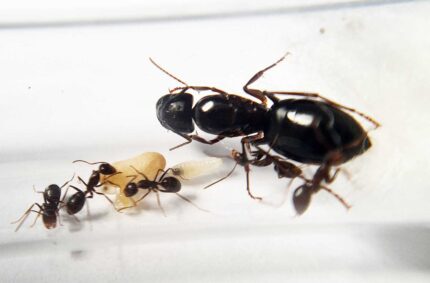

Camponotus castaneus
499,90 zł – 719,90 zł
Worldwide shipping
Free delivery over 500 PLN
The highest quality of goods
Live delivery guarantee
24/7 Personal Support
Fair Prices
Description
The Camponotus castaneus is a monogynous ant species with a colony size of up to 1000 workers. They have a medium development speed and come in sizes ranging from 7-12 mm for workers to 17-18 mm for queens. These light orange ants feed on food insects, syrup, fruits, vegetables, jelly, and cooked chicken.
Additional information
| Behavior | |
|---|---|
| Difficulty in breeding | |
| Origin | |
| The size of ants | |
| Wintering |
Camponotus castaneus – American CarpenterAnt Colony
Colony Details
- Colony Type: Monogyny
- Colony Size: Up to about 1000 workers
- Development Rate: medium
Size
- Queen: 17-18 mm
- Workers: 7-12 mm
- Majors: 12-27 mm
The ants of this species have a distinctive light orange color, which adds to their charm and beauty.
Nutrition for Camponotus castaneus
Feeding these ants a balanced and varied diet is essential for their well-being. Here are some recommended food options:
- Food insects (such as cockroaches and crickets)
- Syrup (a mixture of water and honey, with a ratio of 4:1)
- Fruits and vegetables
- Jelly
- Cooked chicken without salt
- Honey
Providing a mix of protein, sugars, and other nutrients will ensure optimal health for the colony.
Environment
- Humidity: Arena: 50-60%, Nest: 50-70%
- Temperature: Arena: 20-30 °C, Nest: 24-28 °C
Special Features
What sets Camponotus castaneus apart from other ant species is their unique combination of colony aggressiveness and excellent hunting skills. These ants are highly efficient predators, showcasing unmatched hunting abilities. Watching them in action is a sight to behold and truly highlights the wonders of the insect world.
Ideal Nesting Materials
When it comes to nesting, Camponotus castaneus can thrive in a variety of materials. Suitable options include acrylic, cork, gypsum, and aerated concrete. Providing a suitable nesting environment is vital for the health and development of the colony. The chosen material should allow for proper ventilation and provide the necessary levels of moisture and comfort for the ants to thrive.
The Fascinating World of Camponotus castaneus
Camponotus castaneus, also known as the Chestnut Carpenter Ant, is a captivating species that never fails to impress. From their striking light orange color to their impressive colony size, these ants are a true wonder of nature. Let’s delve deeper into the world of Camponotus castaneus and explore what makes them unique.
When Aggressiveness Meets Hunting Skill
Camponotus castaneus is renowned for their exceptional combination of aggressiveness and hunting prowess. These ants excel at hunting and capturing their prey with unmatched precision. Observing their seamless teamwork during a hunt is not only fascinating but also a testament to their well-developed social structure.


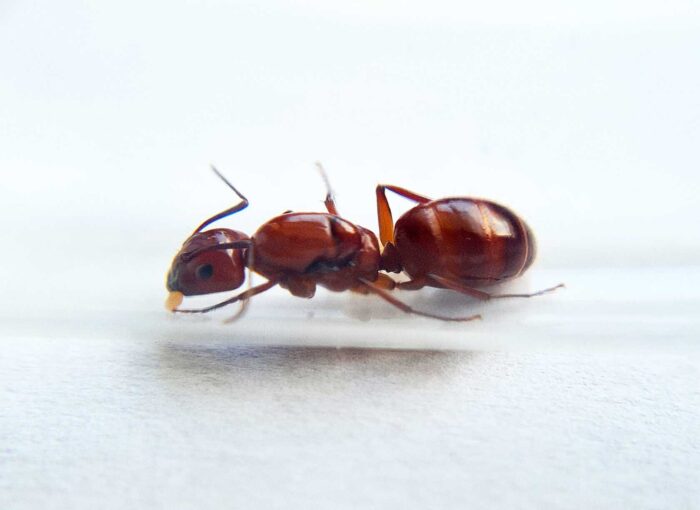
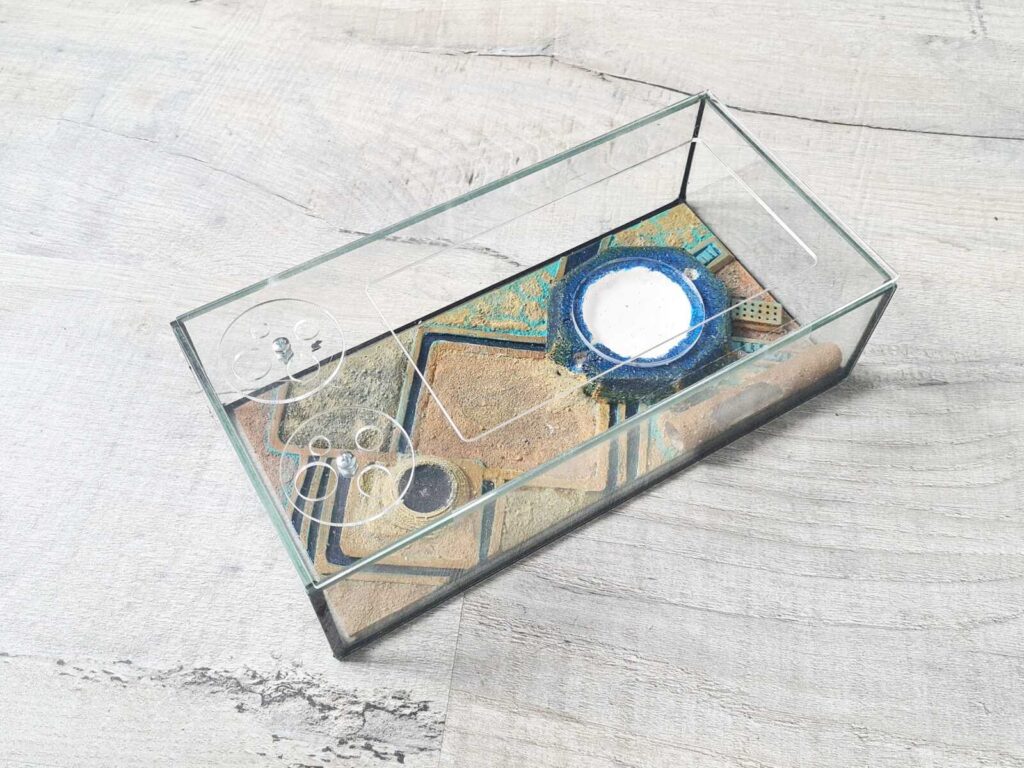





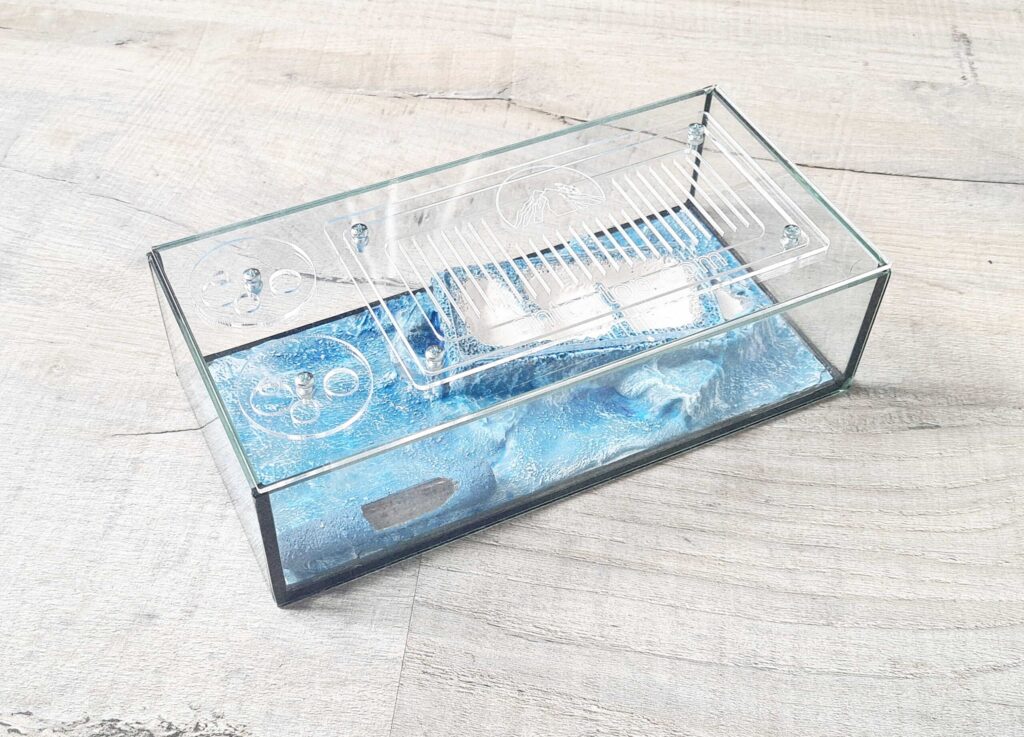
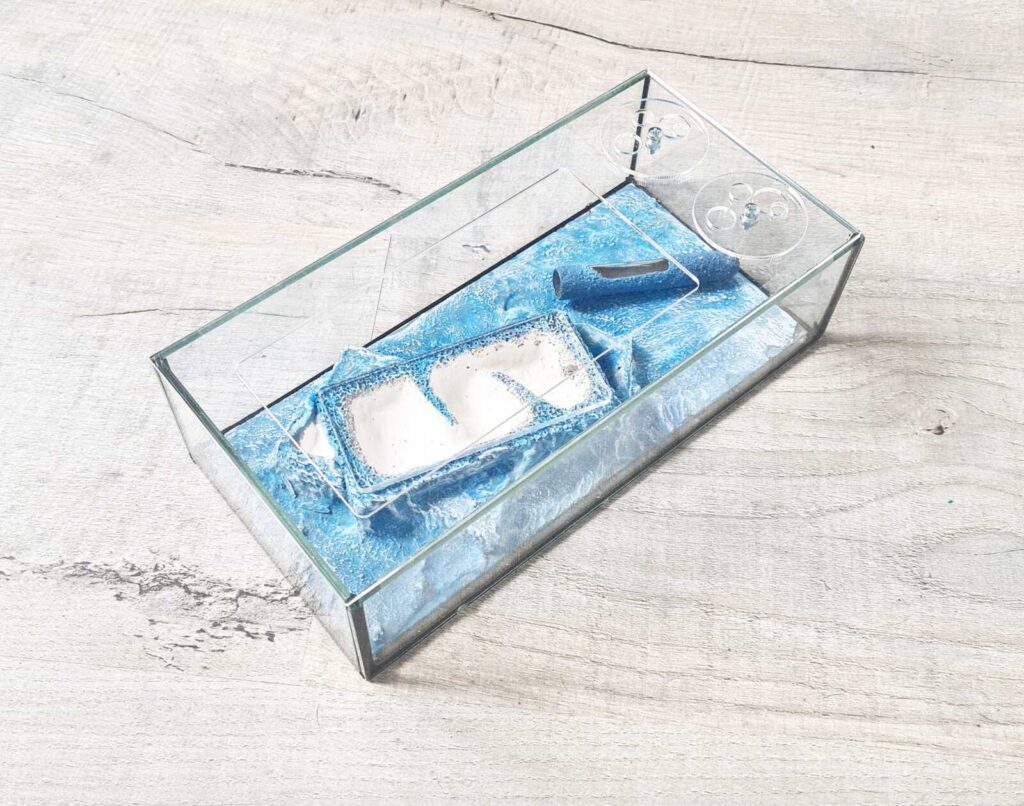
There are no reviews yet.